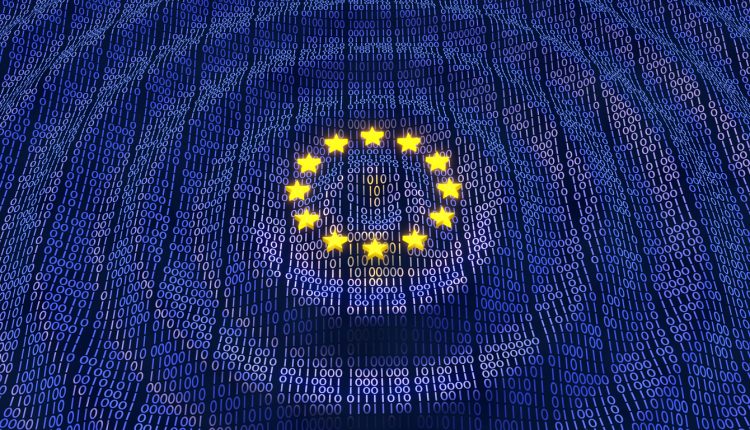Does EU Product Law Need to Change to Stay Relevant?
Implemented in 1985, the EU's Product Liability Directive was written before many of today's commonplace technologies were conceived. Is it time for a revision?
The Council Directive 85/374/EEC of 25 July 1985 concerning liability for defective products came into force when products placed on the EU market were not as sophisticated as the ones that consumers are in contact with today. In particular, technologies such as self-driving cars, home assistants and artificial intelligence were science fiction, and one could even argue that they still are to some extent. Such technological advances being increasingly numerous, the question has again been asked: should the 1985 Directive be updated to stay relevant or are the general principles set forth in it (such as the “the producer shall be liable for damage caused by a defect in his product” or the definition of what a defective product is) still sufficient to ensure consumer protection? Sylvie Gallage-Alwis, Partner at Signature Litigation’s Paris office, discusses the recent developments surrounding the 1985 Directive below.
To discuss the way forward, on 22 January 2020, the European Parliament Committee on Internal Market and Consumer Protection held a public hearing entitled, “Product Liability Directive: protecting consumers in the Digital Single Market”.
The stakeholders who shared their views included industry representatives, consumer representatives, the European Commission and experts. The Commission’s representatives emphasised the need to “reinforce EU’s industrial capacity to allow it to be technologically sovereign” and to facilitate innovation, enabling Europe to compete with China and the United States.
Only the Orgalim group – which represents European technology industries –argued that the Directive does not need to be modified, since it is technology-neutral and already strikes the right balance between the obligations of consumers and producers. All other stakeholders favoured the EU updating the Product Liability Directive.
The Commission’s representatives emphasised the need to “reinforce EU’s industrial capacity to allow it to be technologically sovereign”
The consensus was that the key amendments should include:
- The definition of “product” being updated, reflecting the increasing overlap between physical products and digital services.
- The definition of “producer” being clarified to determine who the producer is in the case of an update or modification.
The consensus was also that the EU should consider the following questions:
- Should the types of damage to be compensated be expanded to include damage to data or digital assets?
- Should strict liability apply, and should manufacturers involved in the product be jointly liable?
- Should there be a reversed burden of proof so that it lies with producers rather than consumers?
- Should changes be made to the “Development risk defence”?
- Should there be a sectorial approach? Or should regulation remain product neutral?
Members of the Expert Group on Liability and New Technologies had in November 2019, published a detailed report, “Liability for Artificial Intelligence and other emerging digital technologies”.
Key takeaways from the report were addressed during the public hearing of 22 January 2020, where the discussion revolved around strict liability, burden of proof and development risk defence.
A resolution dated 12 February 2020, entitled “Automated decision-making processes: Ensuring consumer protection, and free movement of goods and services”, is another development of interest. Whilst welcoming the potential of AI, the resolution noted that consumers interacting with AI automated decision making should “be properly informed about how it functions, about how to reach a human with decision-making powers, and about how the system’s decisions can be checked and corrected”.
Another important issue to be addressed is the possibility of AI and automatic decision making being used to “discriminate against consumers based on their nationality, place of residence or temporary location”.
The committee also urged the Commission to bring forward proposals to adapt the EU’s product safety rules across a broad range of areas, including the Machinery, the Toy Safety, the Radio Equipment and the Low Voltage Directives.
The resolution also stressed “the need for a risk-based approach to regulation, in light of the varied nature and complexity of the challenges created by different types and applications of AI and automated decision-making systems” and calls on the Commission to develop an “assessment scheme for AI and automated decision-emphasising that Member States must develop harmonised risk-management strategies for AI”.
Another important issue to be addressed is the possibility of AI and automatic decision making being used to “discriminate against consumers based on their nationality, place of residence or temporary location”.
On 19 February 2020, the Commission published a white paper on Artificial Intelligence – A European approach to excellence and trust. The Commission’s approach was informed by the expert report it commissioned, which found that “a person operating a permissible [AI] technology that nevertheless carries an increased risk of harm to others, for example AI-driven robots in public spaces, should be subject to strict liability for damage resulting from its operation.”
However, the report goes on to state that “Manufacturers of products or digital content incorporating emerging digital technology should be liable for damage caused by defects in their products, even if the defect was caused by changes made to the product under the producer’s control after it had been placed on the market.”
The report says that a future regime should not give “autonomous systems a legal personality, as the harm these may cause can and should be attributable to existing persons or bodies.” In short, if something goes wrong, you can’t blame the robot.
No doubt there will be a great deal more debate before the detail of the EU’s updated product liability regime finally emerge. Yet, it is already clear that the EU regime will require transparency, along with human supervision of AI systems and, ultimately, human accountability for their actions. Other important proposed changes, such as those to the definitions of key product liability concepts like “product” and “producer”, may ultimately have a wider impact on EU product liability law across the continent.




